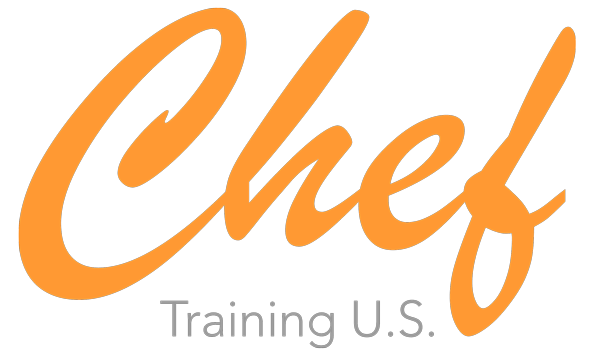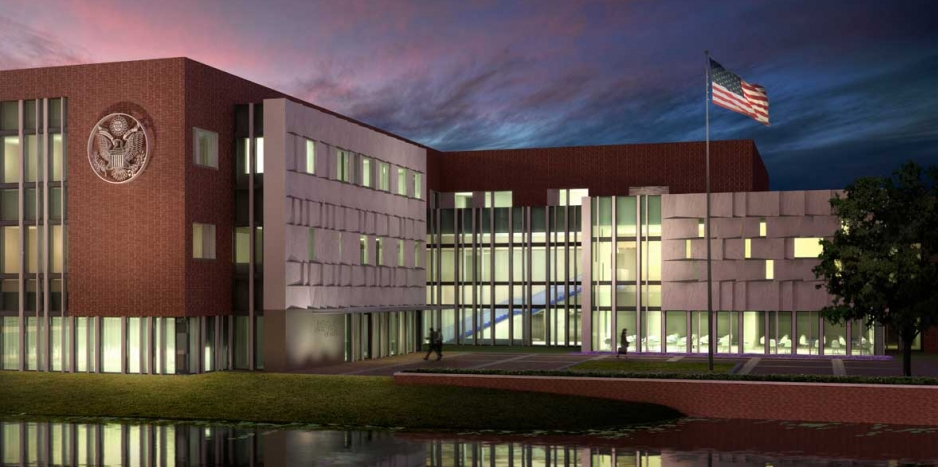When applying for a J-1 visa (as many other type of visas in the US), the last step of the process is to have an in person interview in the US Embassy of your country. The whole visa process is challenging and requires a lot of patience, we know it. And at the end of this process, when the interview is approaching, many candidates feel nervous about the very last part of their J-1 application. And nervousness is a great ally of errors…
In this guide we will show you some of the most common mistakes that happen during the US Embassy procedure and tips to make your interview a comfortable experience for yourself and also for the workers of the Embassy.
The documents chaos. Although it does not happen often, one terrible mistake that nervousness can cause is that you mess up with the documents you need to bring. It wouldn’t be the first time that someone arrives to the Embassy and realizes that they don’t have their passport. To avoid this, double check all your documents the day before your interview, put them all together in a fully sealed folder (do not use plastic sleeves because the picture can slide out!) and have it ready to go for the next day. You should have:
- Your passport!
- A picture (be careful! The standard size in US probably will be different from the one to your country. Double check you have a 5cmx5cm color picture with white background, and follow the instructions of the website about outfit and religious symbols).
- Confirmation page of your DS-160 (which you previously filled out and submitted on-line)
- DS2019 signed by the sponsor
- DS7002 Training Plan signed by the sponsor
- Your SEVIS fee payment copy ($180), provided by the sponsor
- The sponsor acceptance letter and offer letter of the company
- Receipt of the payment of the interview fee ($160 in most countries)
- In some cases, proof of funds and proof of ties to the home country and the intention of returning after the program.
The backpack situation. When going to the embassy, bring ONLY the things you need for the interview. No backpack or big purse are allowed into the US Embassy for security reasons, so just bring your folder, and little personal objects as keys, wallet, phone, etc. in a small purse or in your pockets. Bringing a backpack is a very common mistake and we have seen people having to quickly find a place to store their backpack for an hour around the Embassy. The smartphone crisis. Living in the technological era, you are probably stuck to your smartphone for any moment of solitude that life brings you. And most likely it is your best source of entertainment, for reading articles or scrolling through your social media. However, once you enter the Embassy, for security reasons, they will hold your smartphone in a secure place, giving you a number to collect it when you exit the facility. That means you will not have access to your phone during the waiting time inside the Embassy. Not having your phone doesn’t mean you have to be bored! Bring a book or magazine and use it to entertain yourself.
The “Frankestein” fingers effect. When applying for a visa, either if you are new, or sometimes also for people who previously applied, the workers of the Embassy will take your fingerprints. Is a very common thing, when putting your fingers down on the screening pad, that no matter what you do feels like each finger belong to a different person, and they don’t collaborate with each other. To get rid of this “Frankestein” effect, put your fingers flat on the screen, slightly separated, and put a bit on pressure on it. This way the machine will more easily read your fingerprints and you will avoid hurrying sights from the personnel.??
The interview bloopers. For you this interview might be once in a lifetime and may completely change your life. However, for the Embassy worker who is interviewing you, this is just one more day in his/her life, and after you there will be another dozen super excited candidates. The most common mistake of unprepared candidates is that they tend to overwhelm the interviewer becoming too chatty, asking unnecessary questions and basically telling them their whole life story. This obviously can cause a rejection feeling from the worker and that’s a really unpleasant situation that we can easily avoid with the following tips:
- First of all, be nice and polite, and let them do their job. Of course, you can be friendly but don’t forget why you are there and that you are not having coffee with a friend.
- They ask the questions, not you. If there’s something you are not very sure about, ask your agent or sponsor representative first. Normally, we have most of the answers. If something could not be resolved by your agent, we will tell you to ask it in the Embassy; always do it in a polite way, and stick to that question. Don’t bring a list of unsolved problems to the workers of US Embassy.
- Respond to their questions in an accurate and short way. Again, they have many interviews to conduct, so please, keep your answers short (you are encouraged to make full sentences, not saying just yes/no), but focus on what they asked and don’t tell them life stories.
Summarizing, you will do the best interview if you…
- Double check all your documents (check that you have the right picture size!)
- Do not bring a backpack or big purse
- Bring a book or magazine to entertain yourself
- Finger prints, flat with a bit of pressure on the screen
- Respond only what they ask; full sentences but short answers

